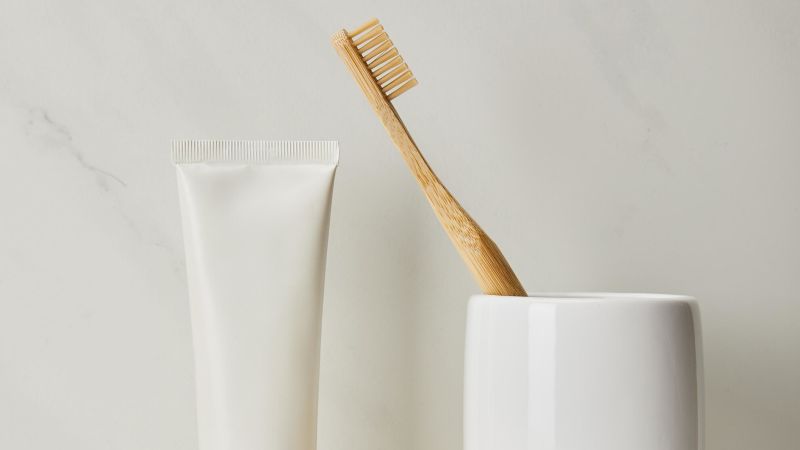Since December 31, 2020, cosmetics placed on the UK market comply with the UK Cosmetics Regulation. Altough the UK adopted the EU annexes to the Cosmetics Regulation until Brexit, currently EU and UK annexes diverge as a result of UK’s delayed implementation.
Therefore, the UK Office for Product Safety and Standards (OPSS) established the Scientific Advisory Group on Chemical Safety of Non-Food and Non-Medicinal Consumer Products (SAG-CS). SAG-CS provides the OPSS with scientific advice on substances of concern used in consumer products, inclduing cosmetics. The UK government considers the SAG-CS opinions when deciding whether to ban or restrict ingredients.
Since its creation, the SAG-CS has assessed the safety in cosmetic products of Deoxyarbutin, Salicylic Acid, Methyl-N-Methylanthranilate, HAA2999 (in bulk and nano form), and Formaldehyde releasers, an approach aligned with the EU Scientific Committee on Consumer Safety (SCCS).
References:
UK Scientific Advisory Group on Chemical Safety in Consumer Products








